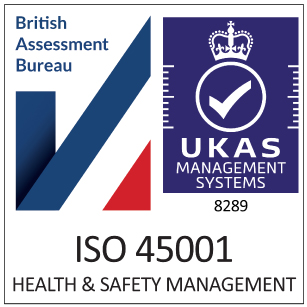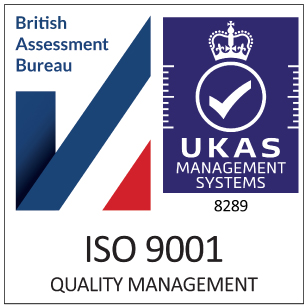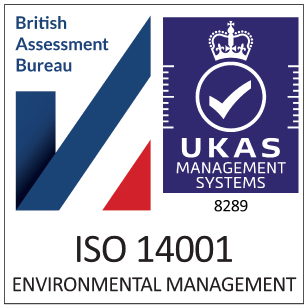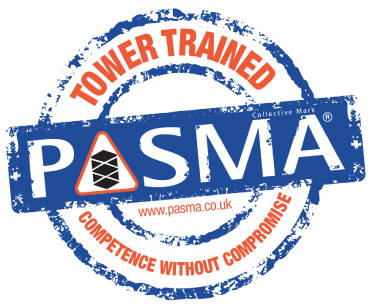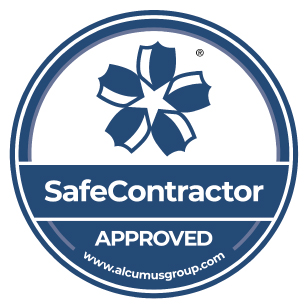How Does It Compare?
Traditionally, solvents, sand blasting and manual sweeping or brushing were used. Each has its individual drawbacks – and all result in additional environmental and disposal concerns.
Sand is one of the most common ways of cleaning plant and machinery. However by its nature, sand is abrasive. It doesn’t just leave a roughness on the surface being cleaned, it also affects surrounding moving parts, creating mess and dramatically shortening the life of components through wear and tear.
On the other hand, dry ice blasting is non-abrasive, more environmentally friendly and more convenient. It won’t wear away surfaces or create additional waste for disposal. Also, dry ice blasting equipment can simply be taken to the machinery, cleaning it in position without the need to dismantle equipment or shut down plant for prolonged periods of time.
Soda blasting can be effective. However like all open blasting, soda blasting creates a great deal of secondary waste. The result is that of then the time spent blasting is matched or even doubled by the time it takes to clean up the extra waste. Residue and waste can also stick to wood and other substrates being blasted, making clearing up even more difficult and time-consuming.
Dry ice blasting isn’t simply non-abrasive; it can also achieve a far better, deeper clean, without the worry of secondary waste to dispose of. Whereas soda blasting is also thought to have an effect on the Ph levels of any soil it comes into contact with after blasting, dry ice leaves nothing but a harmless gas. No waste, no clearing up and no environmental concerns to worry about.
Water blasting is limiting. For example, it cannot create the specific surface profiles on steel needed to achieve paint performance. Water can also create flash rusting, making paint or coating applications difficult and risky. And of course water doesn’t mix with electricity. So any electrical application, for instance welding lines, presses, motors or machine tools, can cause problems.
Dry ice blasting is suitable for virtually any application – and, because there’s no water involved, it can be used on or near electrical equipment. Dry ice also evaporates quickly, leaving equipment clean and dry. Plus, with dry ice blasting there’s no secondary waste, so it’s easier to clean up afterwards.
Solvents are bad for the environment, not to mention the potential problems of user safety and is traditionally a two-stage process. First the solvents are used to dissolve unwanted surface materials, then a flushing, rinsing or hand tool operation may be required to remove the dissolved materials.
Because equipment often needs to be taken apart or extensively prepared prior to cleaning, solvent cleaning can also result in lengthy downtime. On top of this are all the issues relating to solvent management and disposal.
Dry ice blasting dissolves and blasts away unwanted material in a single step. Like solvents, it can simultaneously clean numerous objects with different, complex geometries. But unlike solvents, machines rarely need to be taken apart, saving on costly downtime.
Plus, because dry ice evaporates on contact, there’s no secondary waste to clean up. And of course there are no environmental or disposal issues to worry about.
Although it’s a quick solution for flat, simple surfaces, power tool cleaning can also damage or wear surfaces. Dry ice blasting cleans equally as well, but without the added wear on expensive moulds and other production tooling. It’s also faster, which is why it’s rapidly taking over power tool cleaning as the preferred method of cleaning in these situations.
Sometimes it’s faster and easier for operators to carry out some cleaning tasks by hand. But some hand tools can damage equipment. Dry ice blasting is the perfect solution for simple cleaning jobs too, and, it can be carried out in a fraction of the time.

